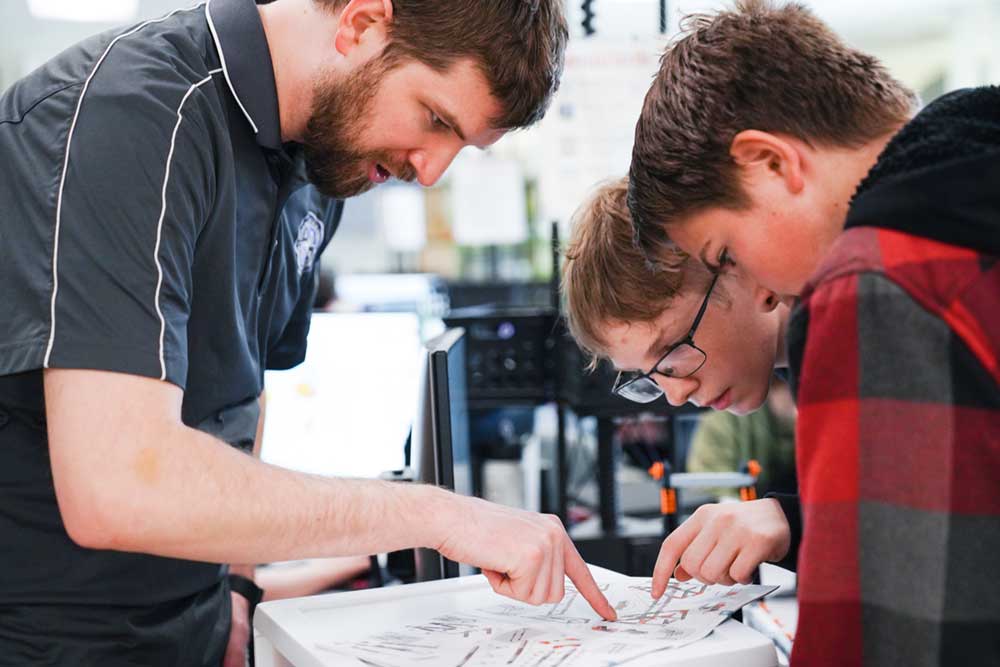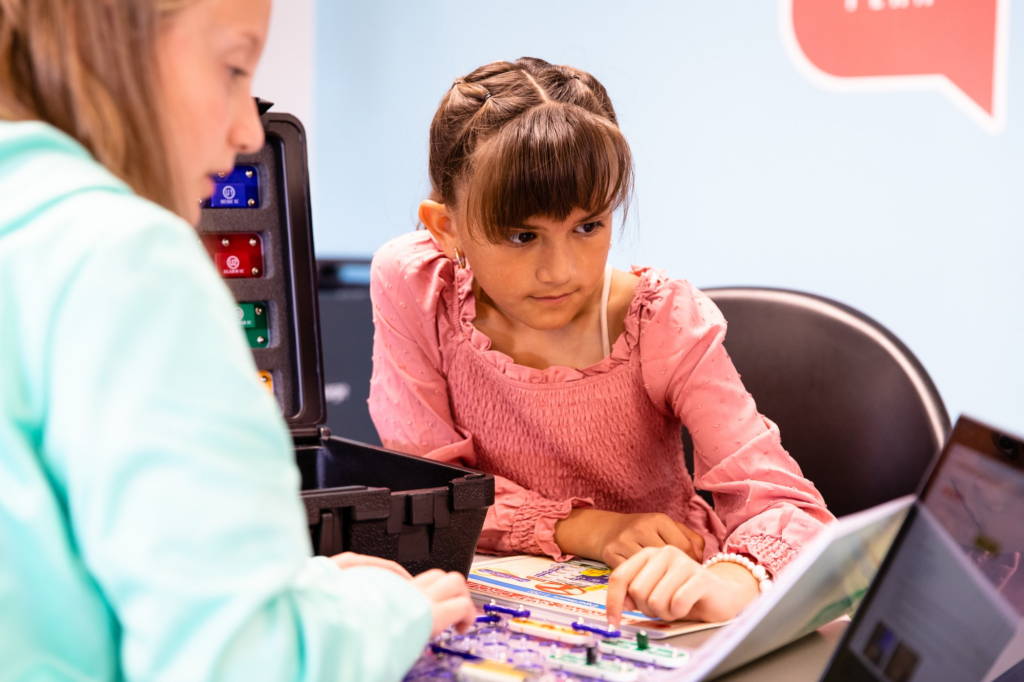Setting the Stage for Learning
With less of a commute as a result of working from home, I recently decided to reclaim some of my time for reading. I’ve been drawn to Sir Ken Robinson’s You, Your Child, and School. Throughout the book, Robinson describes the practices and qualities of effective schools and cultures of learning that we can all join. In particular, he explores the need for a safe and stimulating environment. About that environment, he asks, “Your children are going to be there seven hours a day. How is the setting going to affect their mood and appetite for learning?”
Now that your children are at home during those seven hours, you might ask yourself the same thing. How is your home’s setting going to affect their mood and appetite for learning? How can the “classroom” in your home foster the most effective learning for your children?
Making the Most of Your Space
At the beginning of each school year, many teachers spend a good portion of their time (when they aren’t in meetings, creating lesson plans, and completing standard precautions training) setting up their classrooms to become warm, welcoming spaces that celebrate learning and the incoming students.
While this type of stage-setting often makes for an awe-inspiring experience for young students entering the classroom, it’s unrealistic to expect the same of parents trying to quickly adapt to changing routines and expectations for learning. You can, however, consider a few things when making the most of the learning environment you have.
- Set aside a space for learning. It can be comforting for children to know that there’s a special place where they can focus and work on assignments and projects. Identify a spot in your home that’s dedicated to learning activities. This can even be a simple routine that shifts the kitchen table from mealtime to schooltime. If you’re handy with tools and a little extra time, consider building a simple workspace with your child.
- Reduce distractions. My wife and I tend to have different ideas about what should or shouldn’t be in our workspaces. She likes everything to be clutter-free (except when she is creating art), while I’m more at ease with a few knick-knacks and some stacks of books on my desk. When creating an at-home learning space, help your child identify and reduce distractions. At the same time, allow her to personalize the space when appropriate. It might be that a small toy provides a positive way to think through problems while she works.
- Focus on what matters most. It’s common to feel overwhelmed with the challenges that come with meaningful learning at home. After listening to so many colleagues, friends, and family, this is the perfect opportunity to focus on what matters most. For me, I’m focusing on strengthening my relationship with my family. I am trying to focus less on whether my desk setup has enough space for my work and more on helping my son learn and grow each day. Rather than obsessing about ways that I could make my workspace better, I am trying to help my family know how much I love them and how important they are to me. Rather than getting caught up in the “shoulds” and “could haves,” just make the most of the space (and time) that you have.
Suggested Reading
Looking for additional ideas? Take a quick read at these tips for making the most of your in-home learning spaces:
- This article includes suggestions and experiences from educators (including full-time homeschool parents) describing different ways to set up ideal environments for learning at home.
- Edutopia, one of my favorite sources of learning-related content, offers this article highlighting specific qualities of classroom environments that can be emphasized to maximize learning potential.
- Consider these questions when creating a space dedicated to learning. Reflecting on how a space might impact your child’s learning might be more important than what the actual space is like.





